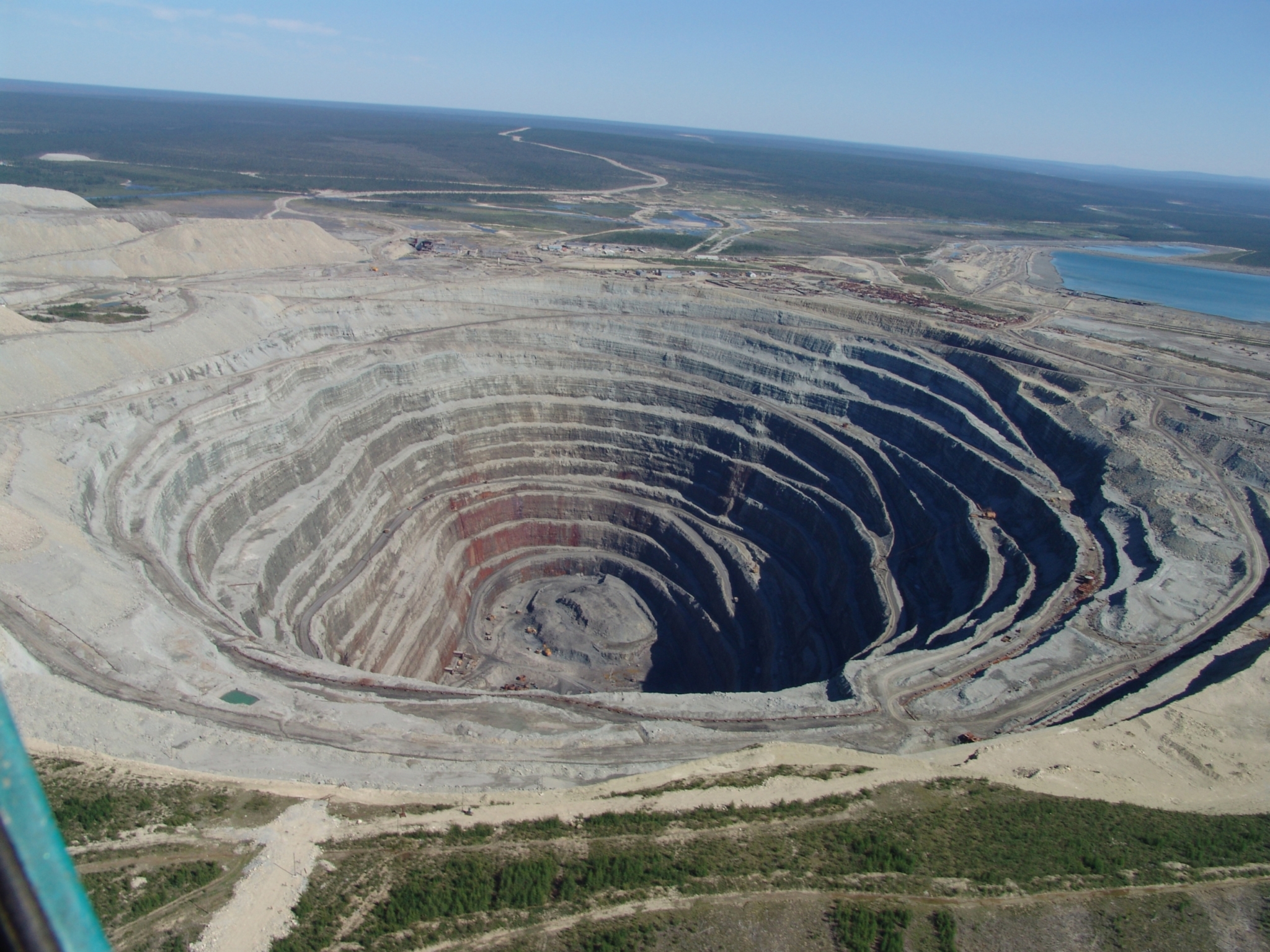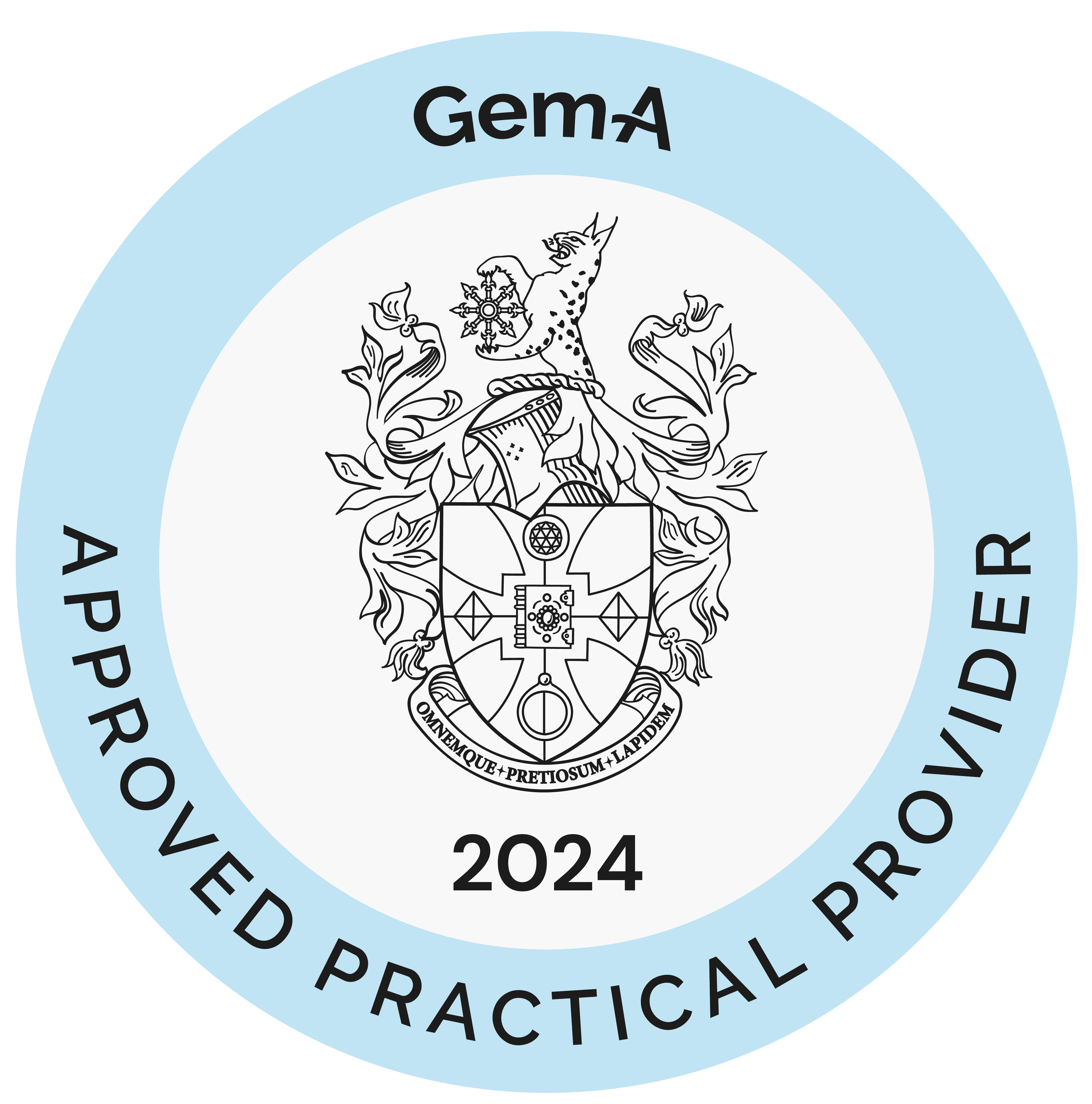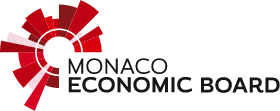
Factories with a surface area of two soccer stadiums are being set up in the United States and Russia to produce so-called "eco-friendly" diamonds. The price of natural diamond corresponds to its rarity compared to gold: for the same weight, diamond costs twice as much according to 47 carats . The record price was set at $ 34 million in November 2017 for 163.41 carats according to the obs, "for a stone estimated at $ 25 million, drawn from a rough diamond of 404 carats discovered in February 2016 in the mine of Lulo in Angola, the 27th largest rough white diamond ever discovered."
These astronomical sums at stake allow us to better understand the culture of secrecy for the communication of information in this "sensitive" sector, which is also complex from a geopolitical point of view since the mines can be located in areas of armed conflict. The stakes of a market worth 64 billion dollars according to Diamants-infos.com, divided between jewelry for 20 million carats and 600 million carats for the industry.
Today, we must remember that the success of synthetic diamonds in jewelry since 2015 has disrupted the trade of natural diamonds facing both a decline in international demand from new generations and competition from other areas of investment such as contemporary art.
Synthetic diamonds, produced in factories, remain globally expensive -10 to -50% according to a recent survey by Rough&Polished published in the Official Jewellery Journal.
To understand the price hierarchy:
The color criterion is only one of the 4 parameters entering in the composition of the price which is based on the purity of the stone, its weight and the quality of the cut (in other words the 4 Cs for carat, cut, color, clarity)
Indeed, the diamond is more often tinted of brown or gray or yellow it is the reason for which the price increases in an exponential way for the diamonds of color "exceptional white" according to the classification of the GIA, the "Gemological Institute of America" which makes authority since 1931.
Only laboratories specializing in diamond analysis have samples and measuring devices for analyzing the physical and chemical composition of the stone, can be authoritative. I sometimes see in public auctions the mention "stone with certificate" but you still have to know how to read it! Now several certificates are required because the methods used have evolved over the last 30 years. New independent laboratories make it possible to clarify the treatments used and especially to interpret the results of the powerful computers contained in
According to the GemGuide magazine, which publishes in its latest issue a comparative table on the evolution of the price of a good quality cut diamond over a period of 30 years, the peak of the price increase was reached in 2010 at more than 12,000 dollars per carat for a D color diamond, i.e. exceptional white.
Since then, average prices have dropped slightly as the market was disrupted in 2015 by the massive arrival of synthetic diamonds on the market which reshuffled the deck between the different diamond markets according to the excellent article on the Rubel and Menasche diamond blog.
These synthetic diamonds were not clearly identified initially when they were introduced en masse into the melee or pavement lots in the retail trade, confusing buyers who lost confidence.
A work of clarification was necessary for all the actors of the market which met since to try to find a modus vivendi. The terms "natural" and synthesis were on the agenda of the last congress of the powerful CIBJO The World Jewellery Confederation.
New designers explain the process and use the new processes with transparency(innocent stone).
In practice, get informed, compare and forget the rules: the price of a diamond is always set between a buyer and a seller!



